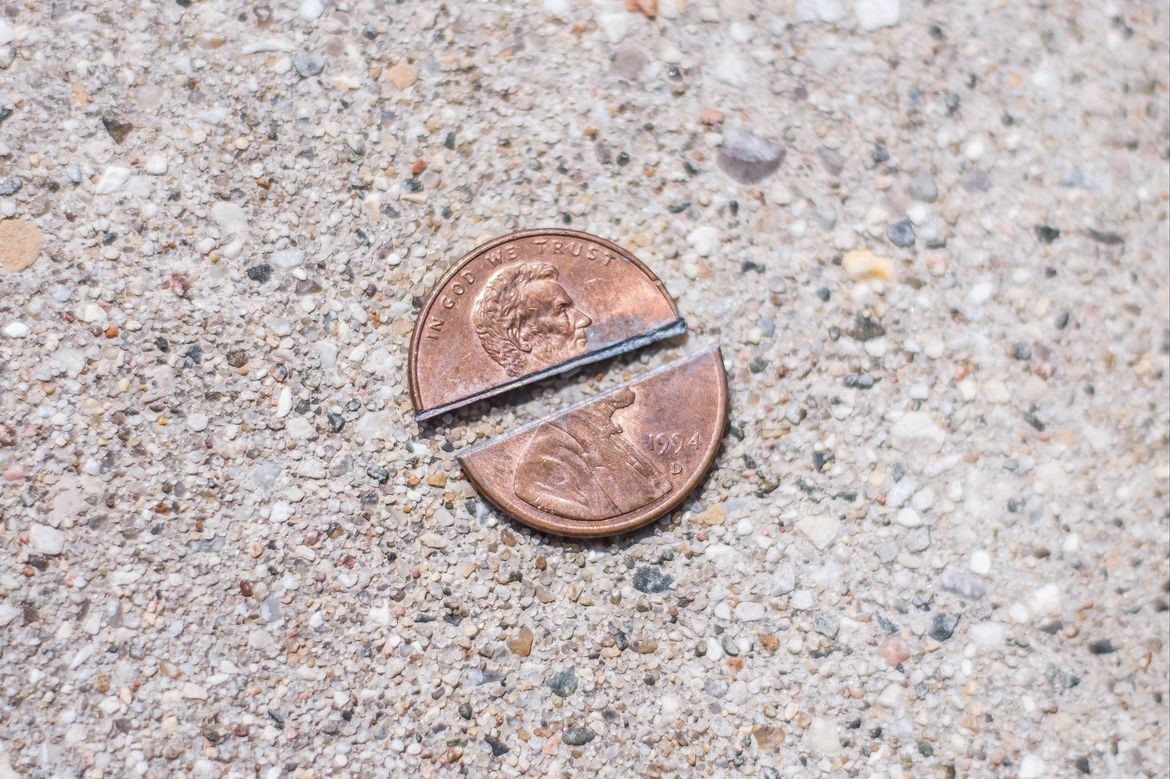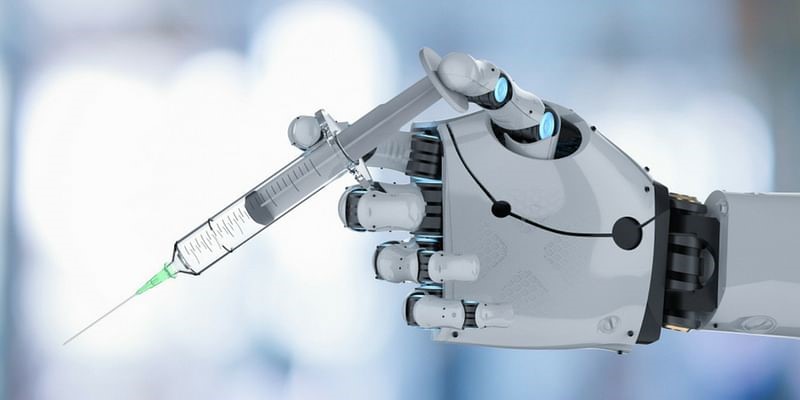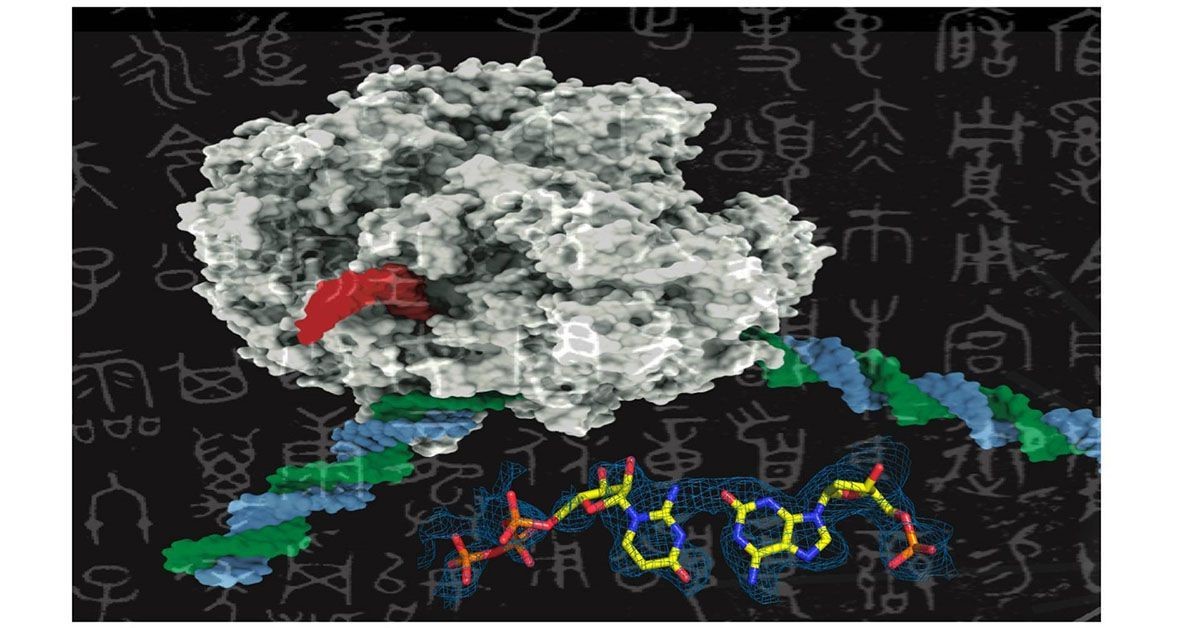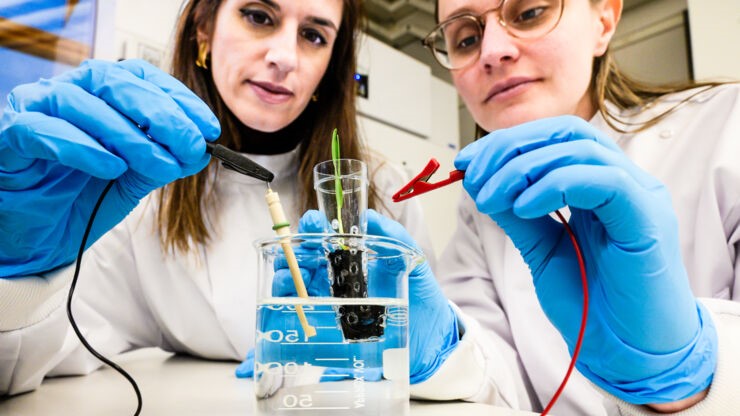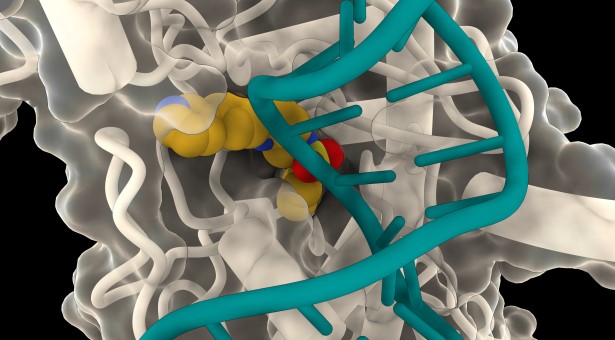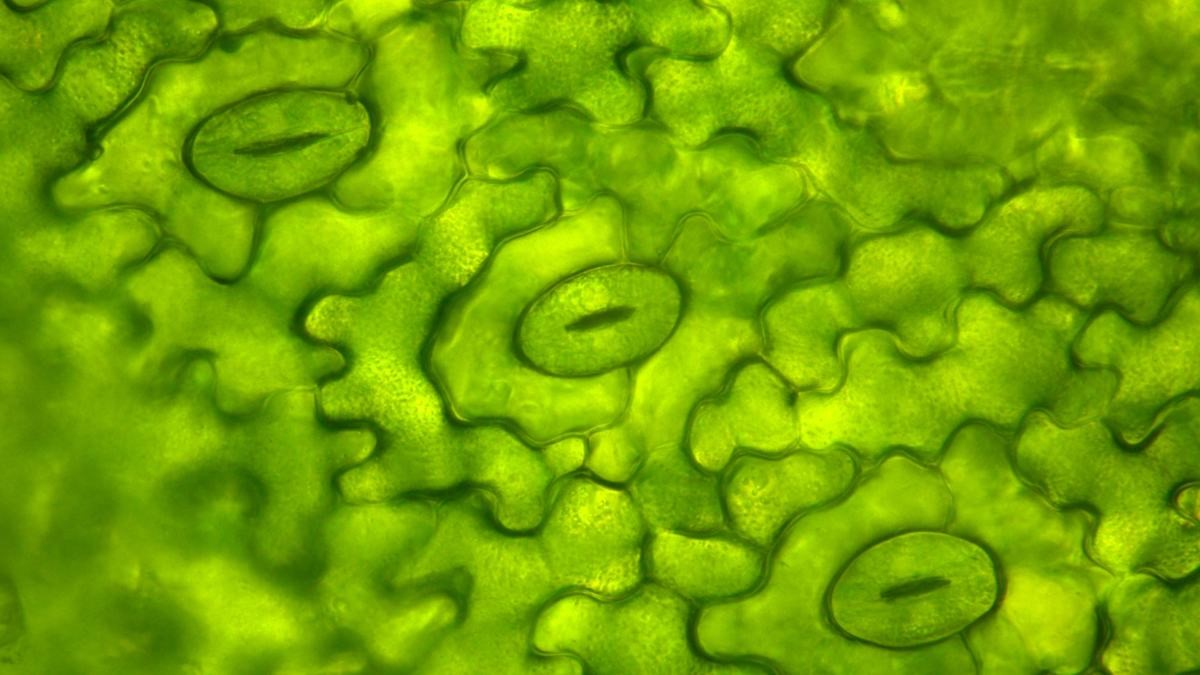Advancing Personalized Medicine through Flexible Microneedle Electrodes
The revolution in personalized medicine is already in motion, facilitated by wearable devices and DIY home testing, which make it simpler to monitor various bodily metrics such as heart rate, glucose levels, and microbiome diversity. Despite this progress, there remains a gap in innovation before achieving a seamless interface between the human body and invasive monitoring devices. USC researcher Hangbo Zhao [1] addresses this challenge, leveraging his expertise in advanced manufacturing and flexible electronics.
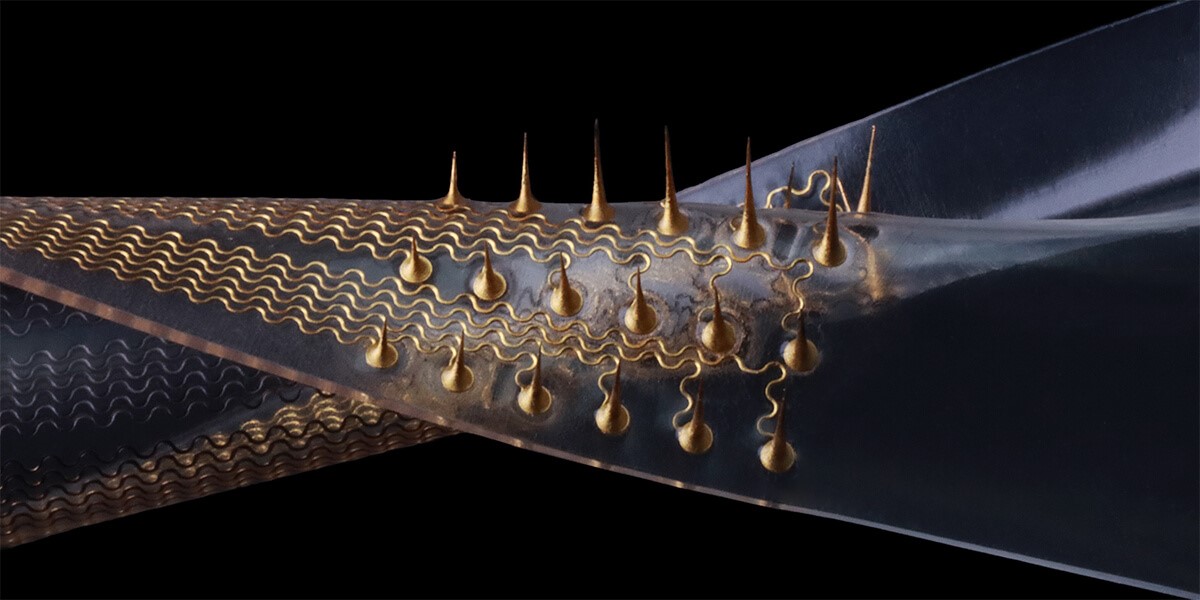
Figure 1. Stretchable microneedle electrode arrays. (Credit: Zhao Research Group)
Figure 1 shows the stretchable microneedle electrode arrays. Hangbo Zhao, an assistant professor at USC's Department of Aerospace and Mechanical Engineering and the Alfred E. Mann Department of Biomedical Engineering, has been pivotal in this realm. His recent paper, featured as the cover story in the esteemed journal Science Advances, unveils groundbreaking research enabling the development of "soft" and highly flexible microneedles. These microneedles are crucial for ensuring comfortable and accurately long-term health tracking [2].
Zhao's innovation revolves around stretchable three-dimensional penetrating microelectrode arrays, crafted using a novel manufacturing process developed by his research group [1]. Unlike conventional rigid microneedle electrodes limited by material and fabrication constraints, Zhao's approach offers flexibility, vital for maintaining intimate contact and minimizing tissue damage, especially in dynamic tissues like muscles and skin.
The hybrid fabrication method pioneered by Zhao's lab combines laser micromachining, microfabrication, and transfer printing, resulting in microneedle electrode arrays with unprecedented stretchability (60-90%). Importantly, this method allows convenient customization of crucial device parameters, ensuring adaptability and accuracy in various applications, from brain stimulation to drug delivery.
An intriguing aspect of Zhao's research is its origin in deep-sea exploration, where the feasibility of globally applicable microneedle electrodes was first demonstrated by recording electrical activities within the moving muscles of a sea slug. Recognizing its broader biomedical potential, Zhao's team envisions applications ranging from sensing and controlling brain and nerve activities to diagnosing neuromuscular disorders and delivering drugs into deep tissues.
For those hesitant about traditional microneedles, the advent of highly stretchable "soft" microneedles heralds a promising solution. Zhao's research marks a significant milestone in the quest for more accurate health tracking, benefiting healthcare professionals, biotech companies, and individuals striving for longevity and wellness.
Source: University of Southern California
References:
- https://www.science.org/doi/10.1126/sciadv.adn7202
- https://www.eurekalert.org/news-releases/1043372
Cite this article:
Hana M (2024), Advancing Personalized Medicine through Flexible Microneedle Electrodes, AnaTechMaz, pp. 249





